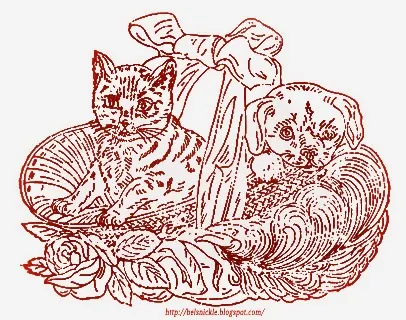 |
| "On Our Way Rejoicing" CD by The Concordia College Christmas Choir. |
The college maintains five choirs, three bands, two orchestras, three jazz ensembles, two percussion ensembles, and two hand bell choirs. Historically, music education began with the college's 1891 formation, when piano and organ lessons were taught by one instructor. The college has since expanded to hold a music department of 45 faculty, which offers five Bachelor of Music degrees and two Bachelor of Arts degrees.
The Concordia Choir is an 78-member mixed choir that travels internationally and has performed at major performance venues, including Carnegie Hall and the Kennedy Center. The choir was founded in 1919 by the college's voice instructor and began touring in 1923 under the direction of Herman Monson. The choir grew to national prominence in the following decades when Paul J. Christiansen, son of conductor F. Melius Christiansen, became the director. Christianson remained in the position for 49 years until composer René Clausen took over in 1986, who remains there today. Under Clausen, The Concordia Choir has released numerous recordings and has performed with the King's Singers.
The college has put on an annual Christmas concert since 1927, which remains a tradition of the local community. From its inception, it has featured the music department's choirs and orchestra. In 1940, Christianson began working with painter Cyrus M. Running to incorporate murals with the concert to reflect the music's themes. Running completed the designs until 1978, when their development was taken over by David J. Hetland, whose murals have traditionally extended 56-by-20 feet. After Hetland's 2006 death, mural designs were taken over by artist Paul Johnson. The concert is currently performed four times annually on Concordia's campus and twice annually at Orchestra Hall. Over 450 students perform for an audience of twenty thousand, and the concert is broadcast on radio and television. The 2009 concert, Journey to Bethlehem, was recorded by Twin Cities Public Television and won a regional Emmy. It was broadcast nationally by members of the Public Broadcasting Service.
- Visit The College Website
- Purchase Tickets to See A Christmas Concert
- Purchase CDs and other items
- Giant Christmas Murals by Paul Johnson
Time lapse shots with music of the choir.























